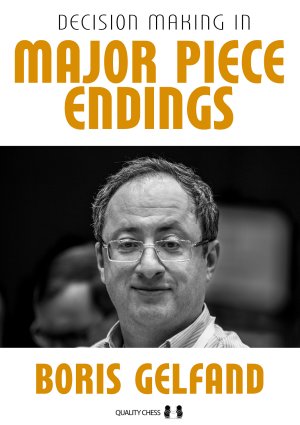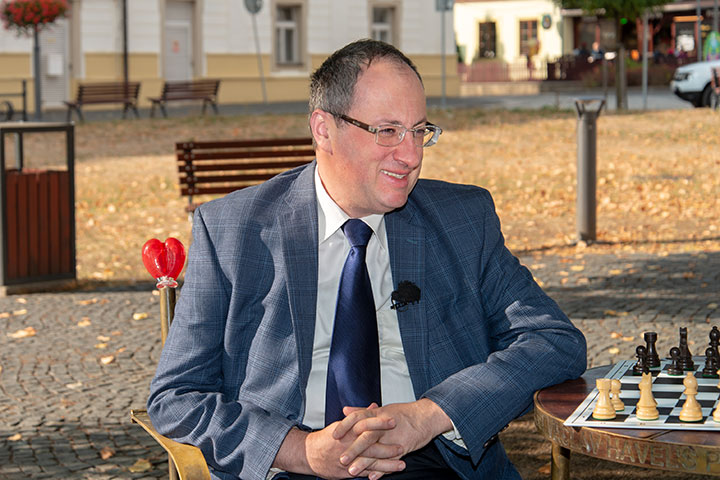


In honor of Grandmaster Boris Gelfand’s 52nd birthday (June 24, 2020), David Llada, Chief Marketing & Communications Officer for FIDE, wrote in the FIDE Newsletter, “Boris Gelfand is also devoting quite some time to sharing his vast knowledge, through his wonderful books and also as a lecturer at training camps. But he doesn’t seem to have the slightest intention to quit playing competitive chess. His first participation in a Candidates Tournament was in 1991, and the last, in 2013. In total, he has been competing at the highest level for more than three decades!”
In 2012, World Chess Championship Challenger Gelfand tied World Champion Viswanathan Anand 6-6 in the 12-game classical portion of their match. Anand retained his title in the tiebreak (rapid) games. Gelfand played in one of the last offline tournaments before the coronavirus pandemic, the Nutcracker Generation Tournament in the Central Chess Club in Moscow, which finished on March 9, 2020.
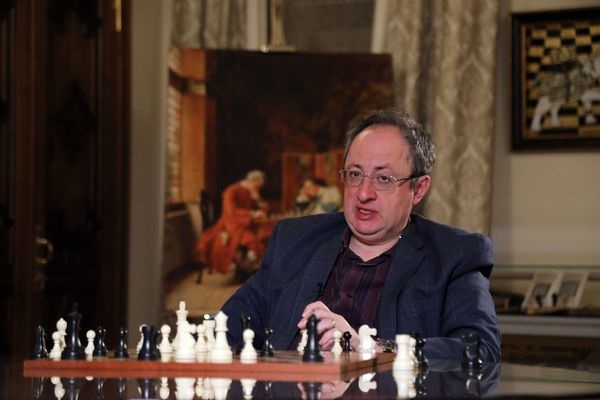
Gelfand at the Nutcracker Tournament | Photo: B. Dolmatovsky / V. Barsky
The “Borenka will Remember!” appendix of Gelfand’s Dynamic Decision Making in Chess has three recipes by his wife, Maya: strawberry jam, gefilte fish, and beetroot soup. Since my co-author, National Master Mike Walder, cooks for his apartment mates, their tastes had to be considered. FIDE Master Frank Thornally likes beetroot soup but was hesitant about gefilte fish. International Master Elliott Winslow has eaten gefilte fish many times, but was skeptical about trying beetroot soup again. Walder decided to make both recipes, with gefilte fish served on June 28.
Just before Walder served beetroot soup on June 29, Winslow told me via Facebook messenger, “When I was a child, my family would go to my grandmother’s home on Lefferts Avenue in Brooklyn. Borscht was cooking. The aroma was overwhelmingly sickly sweet. I hated it.” Borscht is another name for beetroot soup. For more on how each dish fared with his apartment mates, read Walder’s recipes, which he adapted from Maya Gelfand’s recipes.
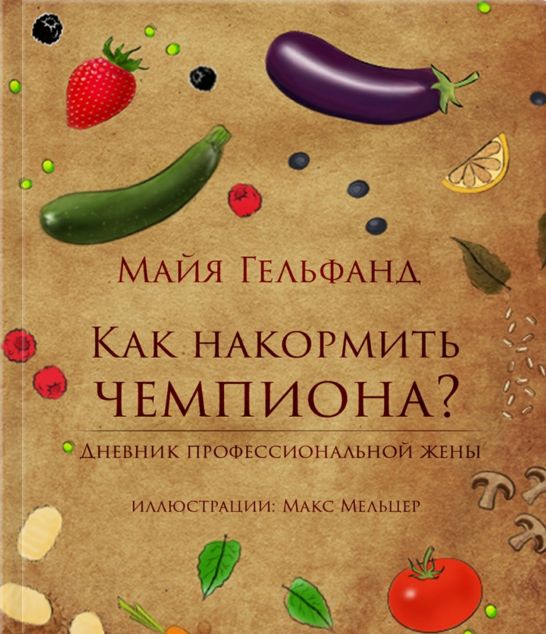 More recipes by Maya are available in her book How to Feed a Champion. However, that book is only available in Hebrew and Russian. Maya’s book was published in 2015.
More recipes by Maya are available in her book How to Feed a Champion. However, that book is only available in Hebrew and Russian. Maya’s book was published in 2015.
According to another article by Shah, published January 10, 2020 in ChessBase India, Gelfand prefers non-spicy food. A video from the Microsense Kramnik Gelfand Training Program 2020, also linked within Shah’s article, shows former World Chess Champion Vladimir Kramnik and Gelfand at lunch. Near the video’s end, Gelfand, smiling, explains that he is about to get second helpings.
Mike Walder wrote:
The first time I ate beetroot soup as a child, it was savory and served at room temperature with potatoes and sour cream. I really liked it. The second time it was sweet, which I did not care for, though other family members felt differently. I was very happy when I read Maya Gelfand’s beetroot soup recipe as it does not fix the beet sugars by frying them and leaves the use of sugar up to the chef. I made a savory soup and, to my delight, both my apartment mates liked it.
Though you can enjoy this meal hot, cold, or anywhere in between, most everyone I know likes it cold out of the refrigerator. Maya recommends cold soup with hot potatoes, cold hard-boiled eggs, and herbs. If you want it cold, I suggest making the soup several hours in advance.
This recipe takes 1 hour to make, not counting the time for the soup to cool, and feeds 3 people for two meals (or six people for one meal).
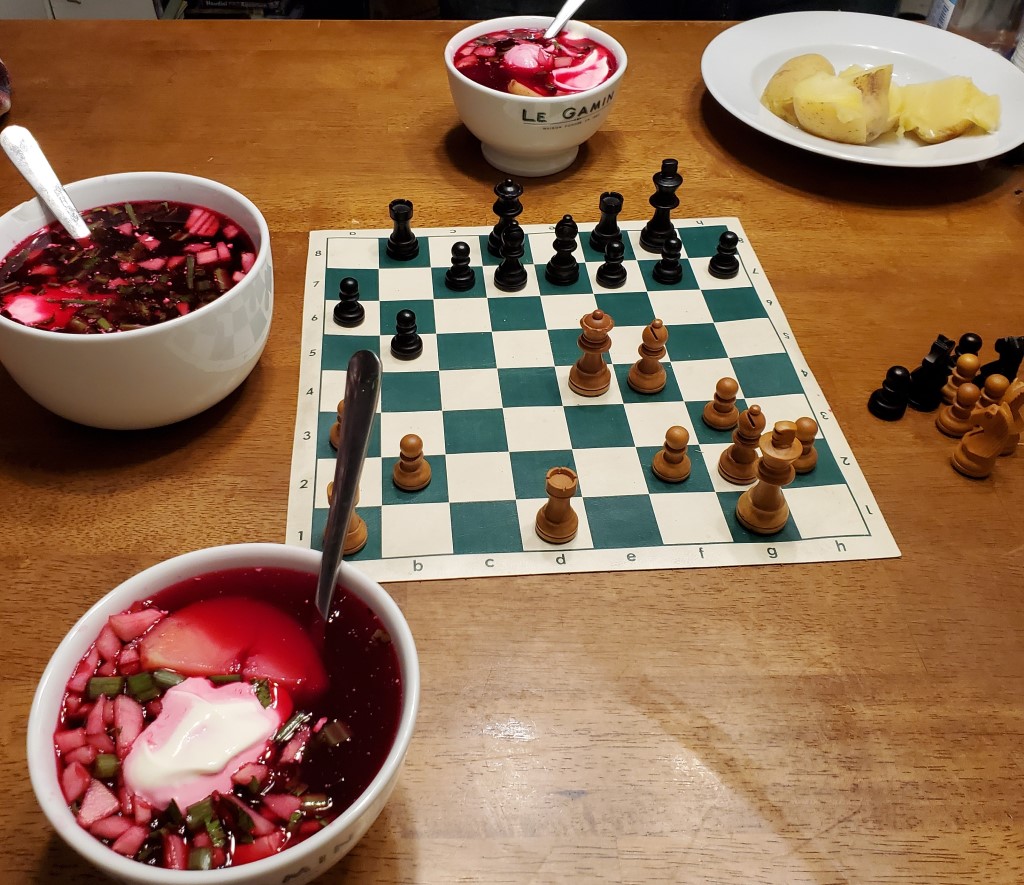 Ingredients
Ingredients
[Pictured: Beetroot soup and Gelfand-Bruzón after 19.Rfd1 (click to enlarge) | Photo: Elliott Winslow]
Directions
Mike Walder wrote.
Maya Gelfand’s Gefilte Fish recipe differs from others I know because she asks cooks to make their own fish stock and to use flour rather than matzoh. Since I do not like to use much salt, I added celery, which is naturally salty, to both the stock and the fish balls. Because Boris Gelfand avoids spices, this recipe uses only the savory spices indicated in Maya’s recipe. Being someone who craves a little pizzazz, I ate mine with some creamy horseradish on the side. While Gefilte Fish can be served hot out of the Dutch oven, cold from the fridge, or any temperature in between, most everyone I know eats them at room temperature. My apartment mates and I cleaned our plates.
This recipe takes 2 hours to make and feeds 3.
Ingredients
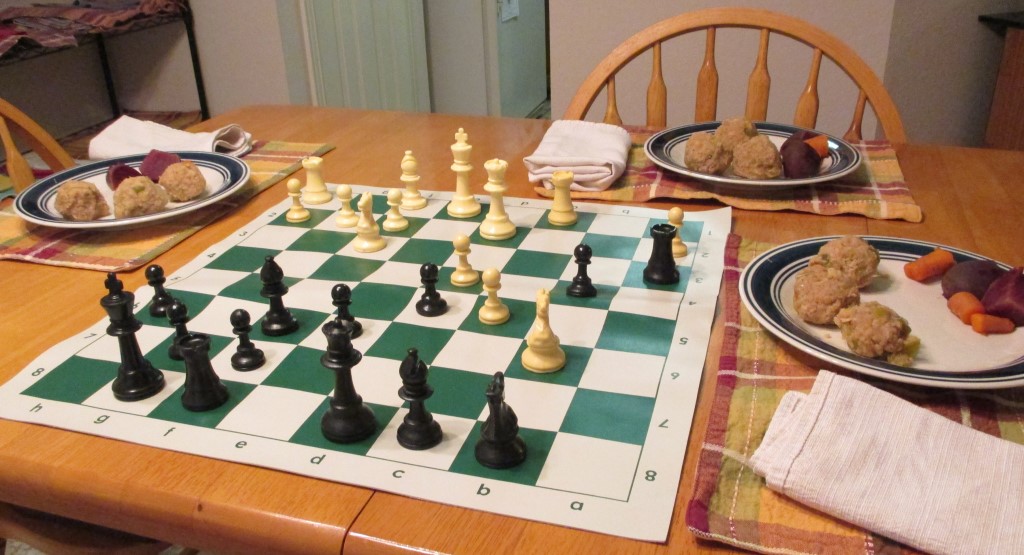 2 onions
2 onions
[Pictured: Gefilte Fish and Ju-Gelfand after 15.Qd2? (click to enlarge)]
Directions
As a comment on Grandmaster Chef: Anish Giri, Jeffrey Ashton (aka the Puzzle Guru) recommended Gelfand vs. Lázaro Bruzón Batista, Bled Olympiad 2002. Ashton called the win “short, sweet, simple.” Since beetroot soup, also known as borscht, can be short, sweet, and simple, the chess-food pairing is easy to make.
For a gefilte fish game, my co-author Mike Walder selected Ju Wenjun vs. Gelfand, Gibralter 2018. In a video interview (at 48 seconds in), Gelfand mentioned he had one moment of temptation to give up everything. He thought about playing like Tal, like Ding Liren in 2017, or like Morphy and Anderssen. But then he decided it was not so clear so he “simply won the game.” Thus, while Gelfand provides the pepper (mating attack) of 15...Rxf3, the rest of his win has a smooth texture, like gefilte fish.
Something to look forward to: according to Gelfand's publisher, Quality Chess, two more books by Gelfand will appear later this year, on September 16, 2020: Decision Making in Major Piece Endings and Technical Decison Making in Chess.
